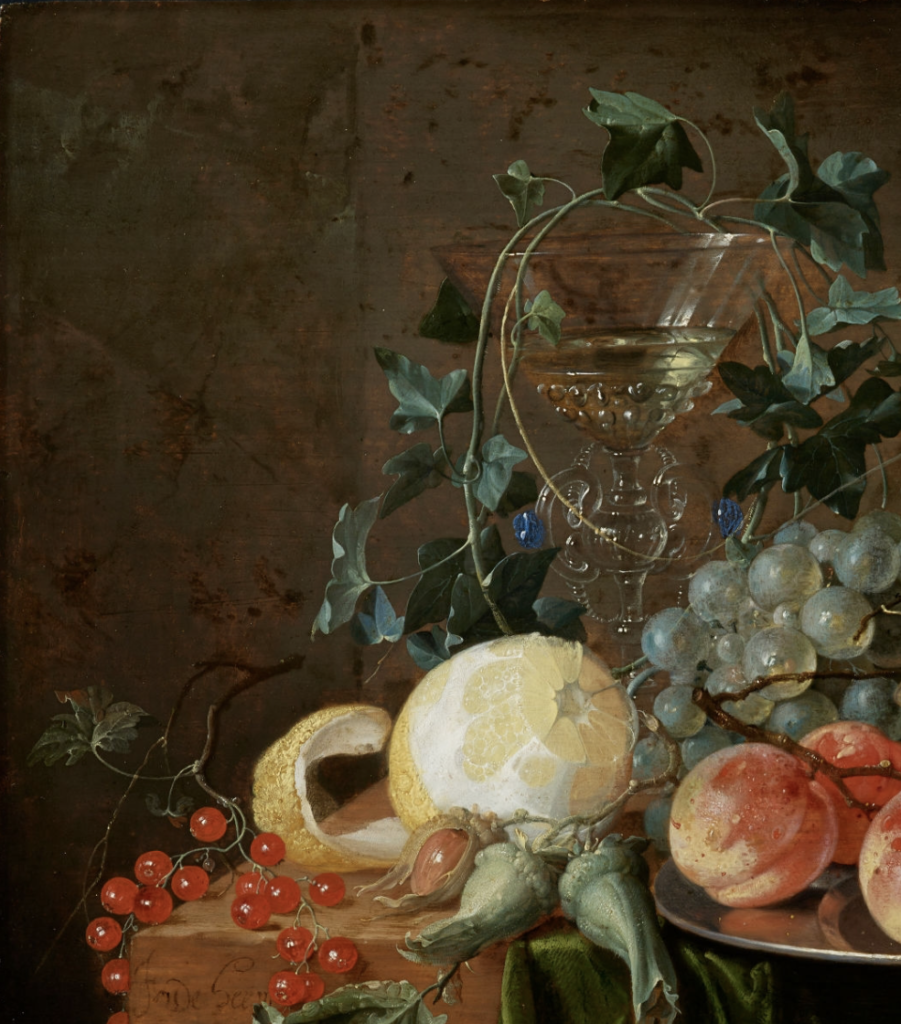
By Andrea M. Gáldy –
At the moment several exhibitions explore the many ways, in which the art and artists of the North influenced the production and style of particular works and collections as well as the direction of patronage. While the Duchy of Burgundy had played a major role in European court culture since the fourteenth century, by the early sixteenth century the Netherlands had not only remained a place where to seek the sort of works of art to bolster collections but had become comparable to Florence or Rome. Antwerp in particular was a place with a flourishing trade and art scene and the Florentine Lodovico Guicciardini even found it expedient to include the city among his Descrittione di tutti i Paesi Bassi, in which he discussed “la preclara et famosa città, la bella, la nobilissima et amplissima città” of Antwerp (V Cat. 12). More than a trade hub in constant contact with port cities such as Venice, Antwerp offered a particularly rich and thriving artistic scene, in which – despite its variable history during the sixteenth and seventeenth centuries – many of the foremost northern artists were trained and set up their workshops. While some of these artists active at Antwerp were natives and stopped by briefly or settled for a limited time, others on the lookout for new inspiration would pay visits to Italy or accept commissions abroad. What made Antwerp special was therefore the vibrant exchange of artistic knowledge and professional skill at a time when the art market flourished as a result of dynastic and ecclesiastical demand.
Even before the Fall of Antwerp to the Spanish in 1585, local artists travelled to seek experiences and commissions. After the event, however, and even more so after the division of the Netherlands into a Catholic part influenced by counter-reformation ideas and a northern, Calvinist part with Amsterdam at its centre, artists often sought more than a short-term home abroad, for example in Venice and Rome, as happened in the cases of Pauwels Franck (Paolo Fiammingo, c. 1540/4–1605) and Lodewijk Toeput (Ludovico Pozzoserrato, c. 1550–1605) as well as Matthijs (c. 1550–1583) and Paul Bril (1553–1602) respectively. One of the most important Antwerp artists, Peter Paul Rubens (1577−1640) instead would return to the city in 1608 after eight years of absence, part of which he spent in Venice. The engagement of Rubens with Venetian art and artists such as Titian and Tintoretto is the main theme of the current exhibition at the Doge’s Palace, From Titian to Rubens: Masterpieces from Antwerp and other Flemish Collections, 5 September 2019 – 1 March 2020, whereas the show at the Alte Pinakothek, Munich Van Dyck, 25 October 2019 – 2 February 2020, investigates the international career of Rubens’ most celebrated pupil Anthony van Dyck. Thus it is possible to observe the artistic exchange and European importance of main Flemish artists over several generations.
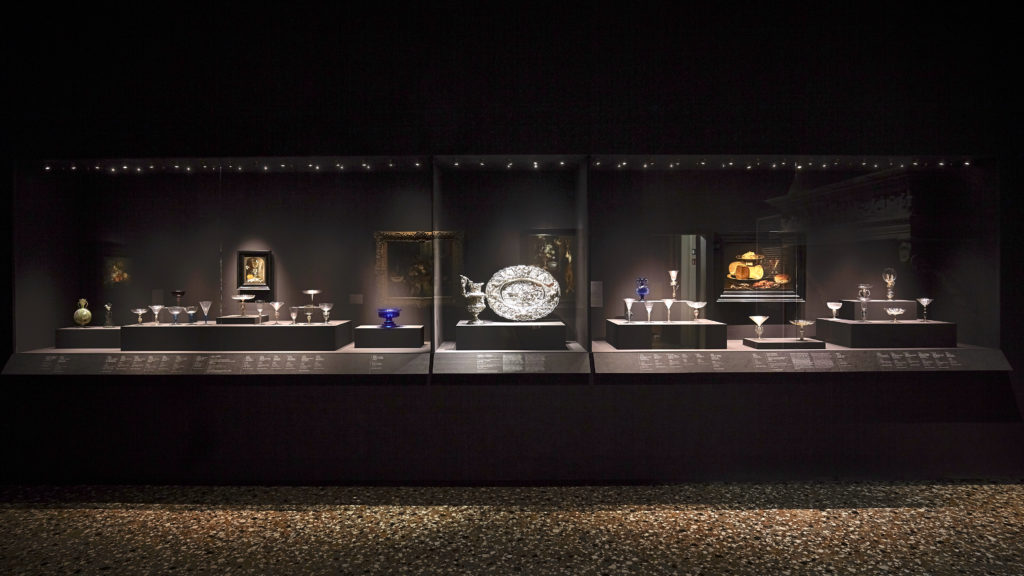
Fig. 1: Case with Venetian Glassware
Thus the exhibition in Venice celebrates the relationship between artists and styles originating in Antwerp and the Veneto. Over 80 paintings, for example from the Rubens House, arrived at the Doge’s Palace for a show that combines works by Titian, Tintoretto, Rubens and Van Dyck among others with musical instruments and glassware of the time (Fig. 1) in a presentation that attempts to provide a flavour of the times as much as a discussion of single works of art. The suitable soundtrack is provided by Andrea Gabrieli’s (1533 – 1585) Messa bassa a San Marco in a recording by the Cantori di San Marco under its conductor Marco Gemmani. With Ben van Beneden (Rubens House) as curator the displays include religious works as well as portraits, hunting scenes and depictions of interiors, people feasting as well as still lives painted by Flemish artists but containing e.g. a wine glass à la façon de Venise (Fig. 2, V Cat. 88).

Fig. 2: Jan Davidsz de Heem (1606 – 1684), detail, Still Life with Fruits à la façon de Venise (c.1652); oil on panel, 33.1 x 48.5 x 1.1 cm; private collection, courtesy Musée national d’histoire et d’art Luxembourg (© Photo: MNHA | Tom Lucas)
Such still lives featuring rich food and exotic or luxury table ware as well as portraits of the well-to-do in their collecting cabinets (Cat. 82, Frans II Francken (1581–1642), Art Cabinet with a Portrait of a Family, c. 1615, oil on panel, 77 × 114 cm, Antwerp, Royal Museum of Fine Arts (KMSKA), inv. 669) may give an (idealised) impression of how splendid life could be in Antwerp, particularly when spent in merry company. The celebrating group in Cossier’s painting (Fig. 3, V Cat. 81) which can also be read as an allegory of the five senses shows a proximity to the Caravaggisti and thus to a northern painting style recalling the art of sixteenth-century Rome.
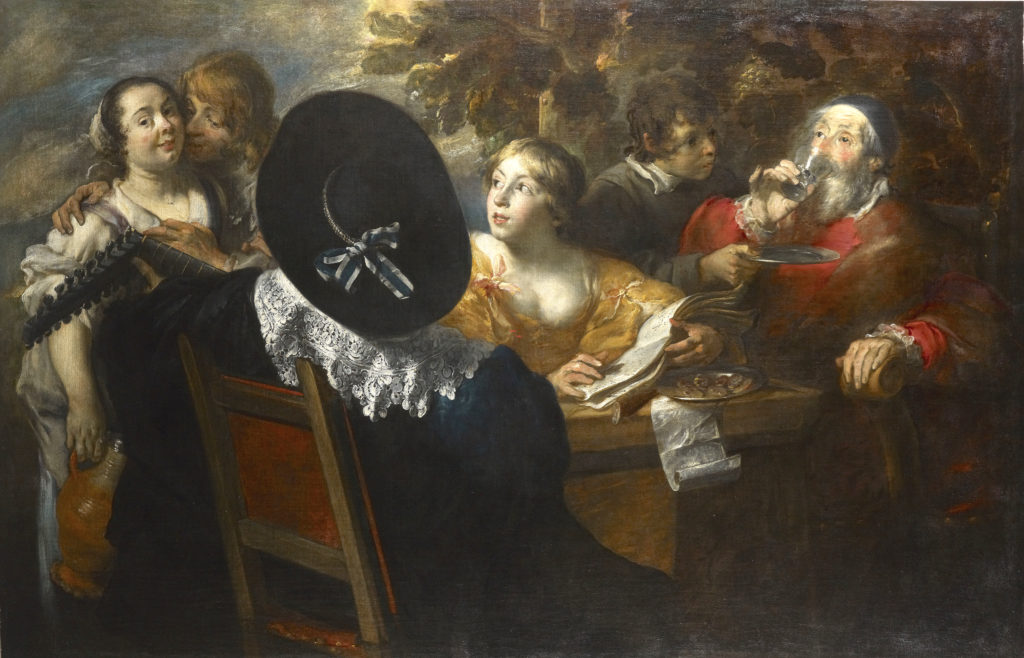
Fig. 3: Jan Cossiers (1600–1671), A Merry Company (The Five Senses) (after 1650), oil on canvas, 132.90 x 198.00 cm, private collection, Antwerp.
Despite the depicted luxury and opulence, the paintings of the time, in Venice as well as in Antwerp, reminded their audience of their Christian duties. Religious themes played a major role north and south. Such paintings gave an opportunity to display flesh and beautiful fabrics in an all’anticastyle, while also edifying the beholder. Tintoretto’s Angel foretelling the Martyrdom of Saint Catherine for the Church of San Geminiano in Piazza San Marco (Fig. 4, V Cat. 49) was more restrained than some limiting the ancient influence to the depiction of architecture to the right. It recalls Titian’s Annunciation (Venice, Scuola Grande di San Rocco, c. 1535) and was studied by Van Dyck as is attested by his Italian sketchbook at the British Museum.
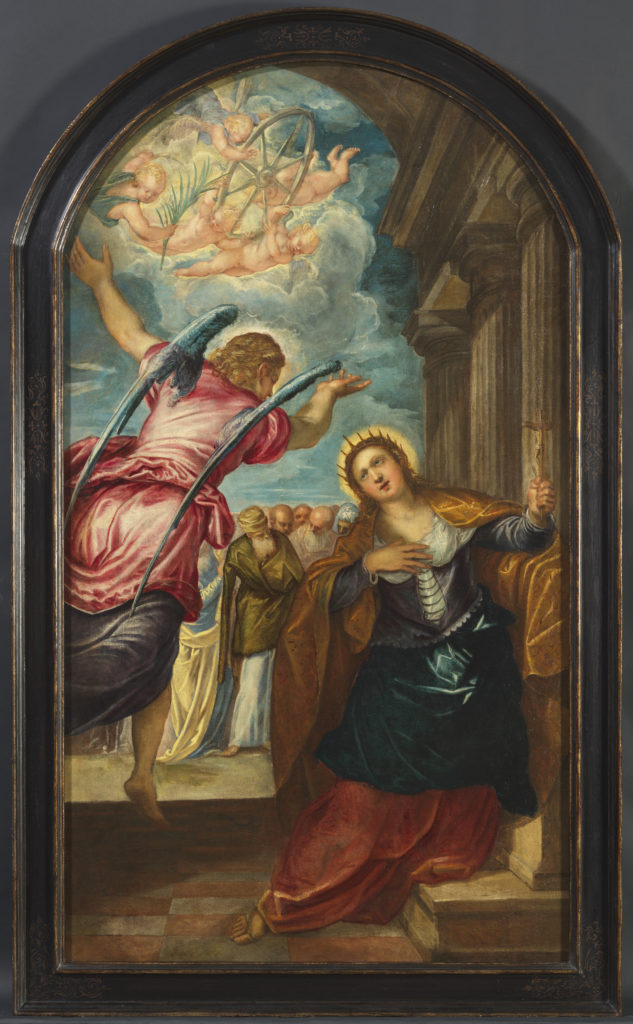
Fig. 4: Jacopo Tintoretto (1519 – 1594), Angel foretelling the Martyrdom of Saint Catherine of Alexandria (1560–1570), oil on canvas, 177.10 x 99.30 cm, private collection, on loan to the Rubenshuis, Antwerp © Collectie Stad Antwerpen, photo: Bart Huysmans & Michel Wuyts
An astonishing case of restoration is provided by Titian’s portrait of mother and daughter, perhaps his girlfriend Milia and her daughter Emilia, from the Barbarigo collection (Fig. 5, V Cat. 51). The artist had left the painting unfinished but – probably after his death – the portrait was completed as a depiction of Tobias and the Angel. Only recently, after the double portrait had been discovered by x-ray in 1948, was the decision taken to remove the religious painting to reveal the underlying work that allows insights into Titian’s work process as well as his personal life.
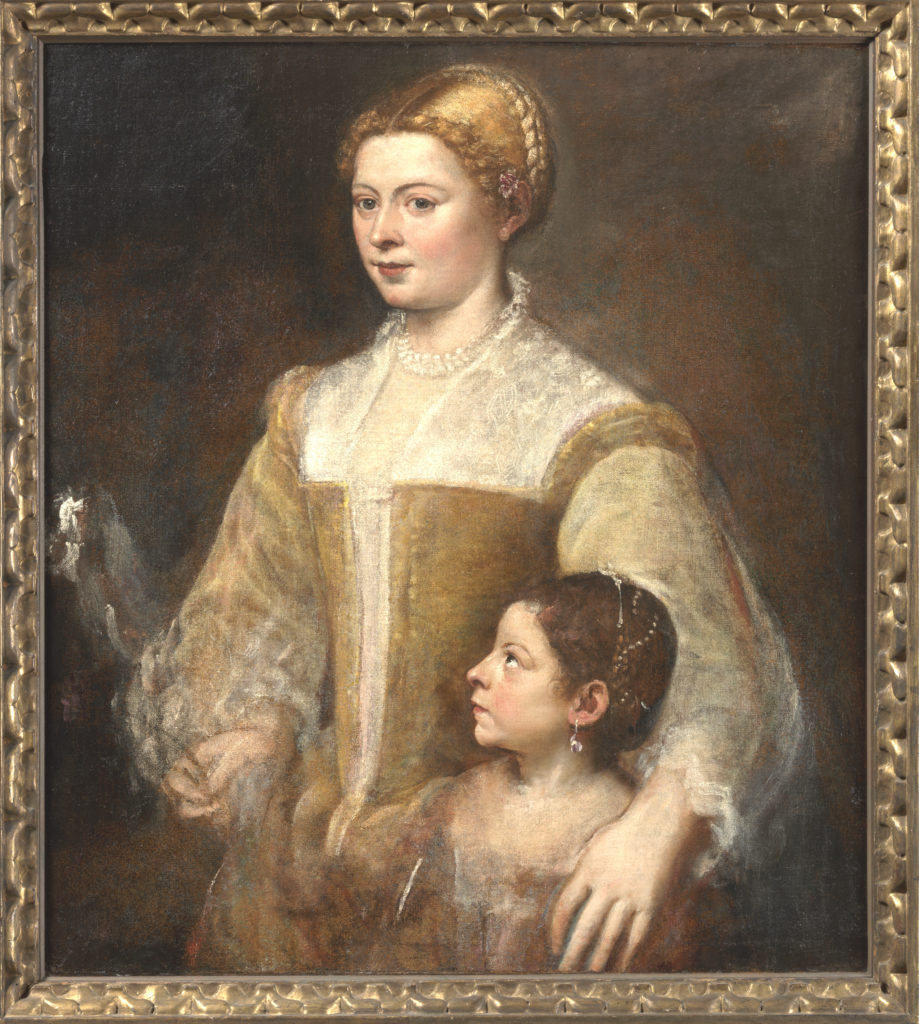
Fig. 5: Tiziano Vecellio (1488–1576), Portrait of a Lady and her Daughter (c.1550), oil on canvas, 88.30 x 80.70 cm, private collection
If this is a rare glimpse at the artist’s inner circle, official portraits were the type of painting to be commissioned no matter the political and religious situation or the confession of the sitter. Van Dyck’s portrait of the Count of Nassau-Siegen (Fig. 6, V Cat. 44) presents John III (Jan III) richly dressed and wearing a cuirass and the Order of the Golden Fleece and thus at the height of his power. The count had started out as a staunch Protestant in the United Provinces but later converted to Catholicism and took up the cause of Marie de’ Medici. When the portrait was painted, John proudly displayed not only one of the oldest and most prestigious orders of the Holy Roman Empire but also court fashions including lace and luxury fabrics.
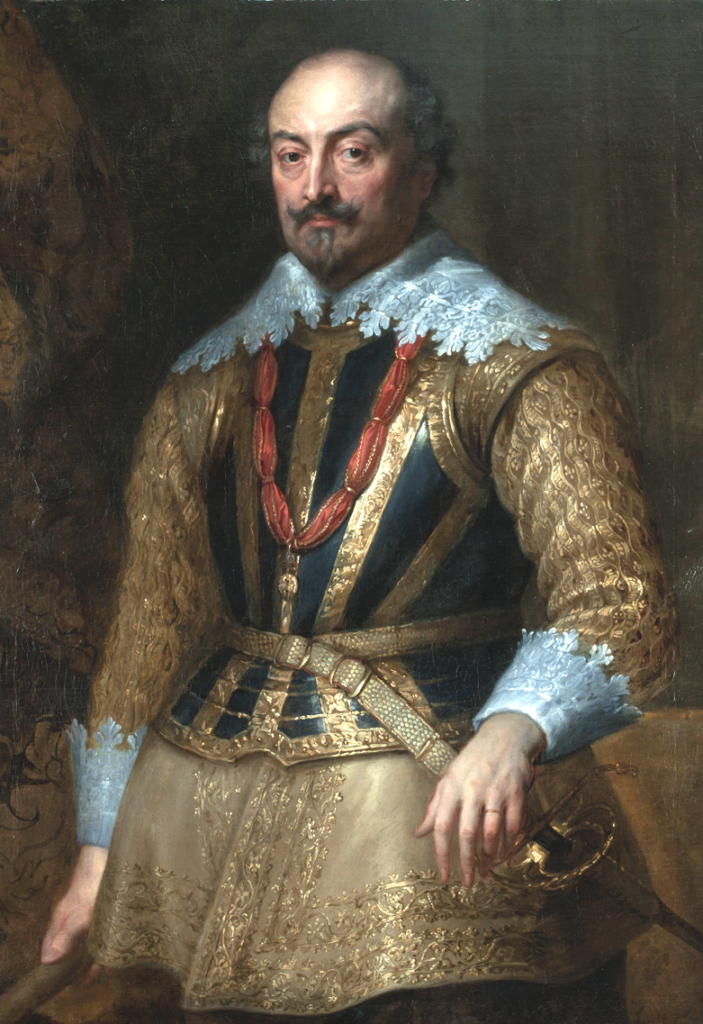
Fig. 6: Anthony van Dyck, Portrait of John III, Count of Nassau-Siegen (c.1628 – 1629), oil on canvas, private collection
During his career, van Dyck was going to paint many state portraits of this kind. While some of his work is included in the narrative of the Venice exhibition as part of a larger picture of artistic contact and influence taking place between two important centres of trade and production, his training and oeuvreare discussed in more detail at the Munich Alte Pinakothek. There the emphasis is mainly on Van Dyck as a pupil of Rubens and on the gradual stylistic emancipation of the younger painter from his powerful master. Nonetheless, the influence of Venetian models on his work as well as his way of running a successful workshop and of using prints to advertise his paintings are also being discussed.
Several striking examples of van Dyck’s following the style and composition of works by Rubens are presented in Munich, starting with their respective Drunken Sileni (M Cats. 24 and 25) and continuing to a number of depictions of Saint Lawrence (M Cats. 5.1. to 5.5) and of Saint Sebastian (M Cats. 5.6 to 5). Here it is possible to detect how much van Dyck learned from his master’s art but how soon he also started to develop his own manner of painting. In addition, the juxtaposition of several works with the same subject matter attests to this artistic development as well as to a counter-reformation art market requiring considerable quantities of paintings representing the martyrdom of saints. Frequently, even such altarpieces showed significant all’antica influence.
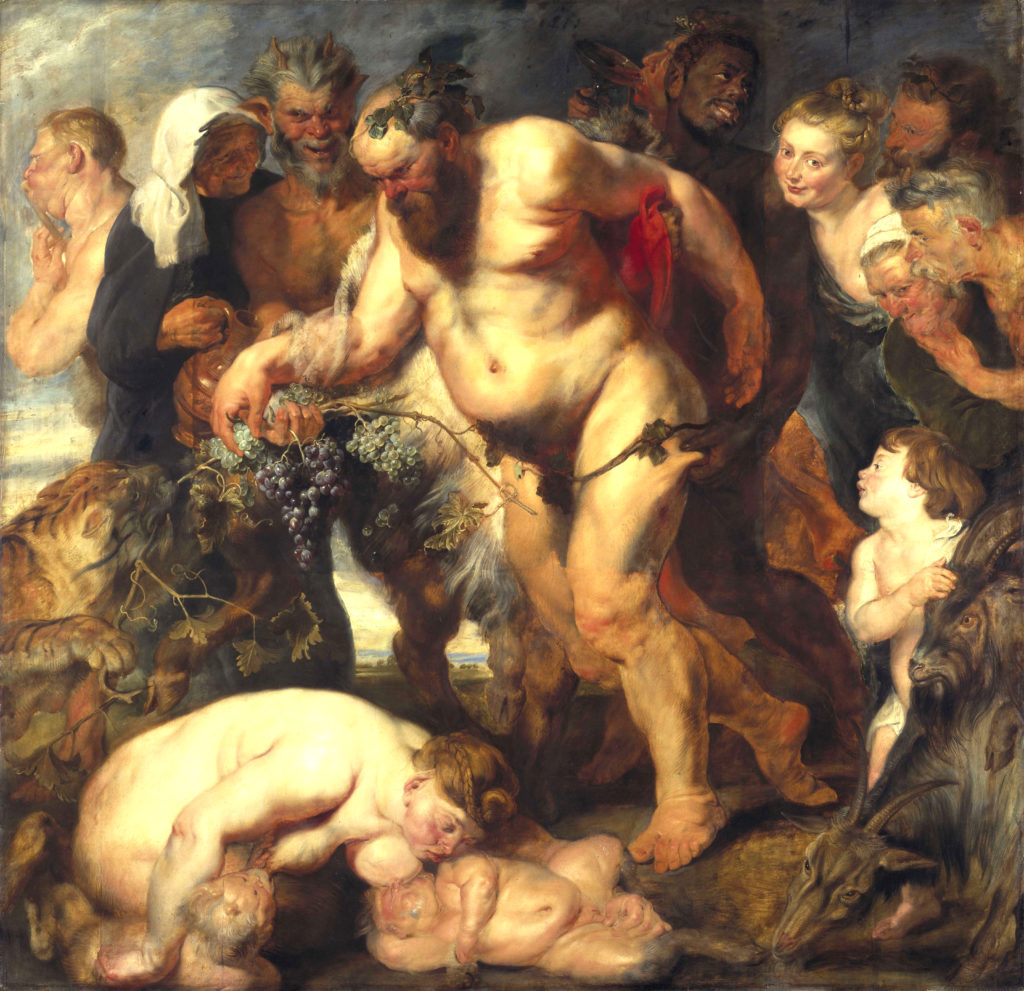
Fig. 7: Peter Paul Rubens, Drunken Silenus (c.1617/18), additions c. 1625, oil on wood,, 212 × 214.5 cm (total), © Bayerische Staatsgemäldesammlungen, Alte Pinakothek, Munich
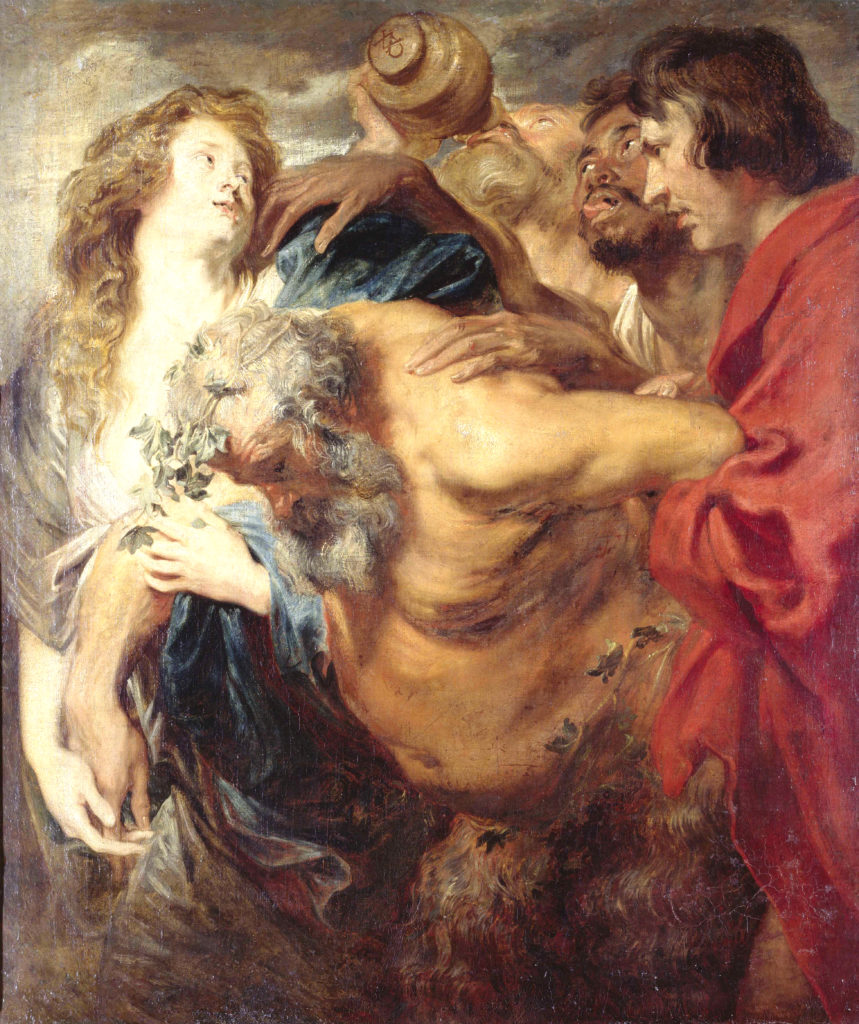
Fig. 8: Anthony van Dyck, Drunken Silenus, c. 1617/18, oil on canvas, 107 × 91.5 cm, © Berlin, bpk – Bildagentur für Kunst, Kultur und Geschichte / Staatliche Kunstsammlungen Dresden, Gemäldegalerie Alte Meister / Elke Estel / Hans-Peter Knut
In the 1620s, van Dyck travelled to Italy to study the art of Italian artists in Genoa, Venice, Mantua, Rome and Palermo. Venetian art proved to be highly influential and, in particular, the art of Titian and Tintoretto (see above). Similarities to Titian’s Virgin and Child (Fig. 9, M Cat. 14.1) are for example visible in van Dyck’s 1630 Holy Family, not least in the depiction of the Christchild and the treatment of the landscape at the back. But the engagement with Venetian art does not stop here.
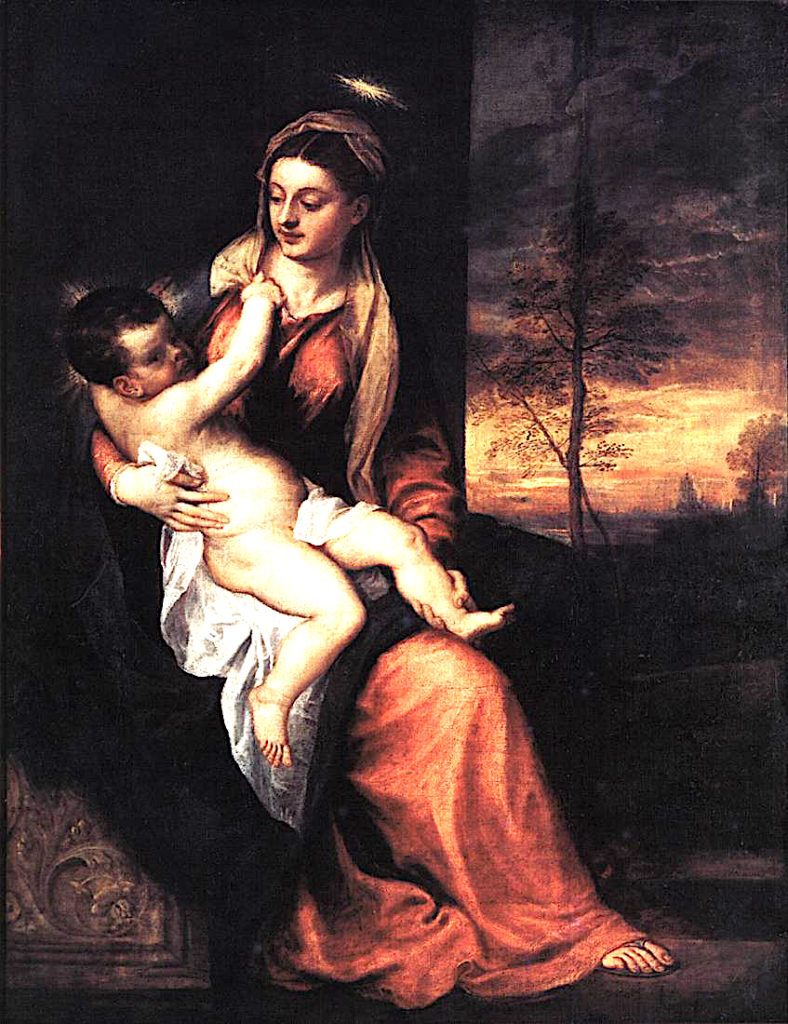
Fig. 9: Titian, The Virgin and Child in an Evening Landscape, c. 1560, oil on canvas, 173.5 × 132.7 cm, © Bayerische Staatsgemäldesammlungen, Alte Pinakothek, Munich
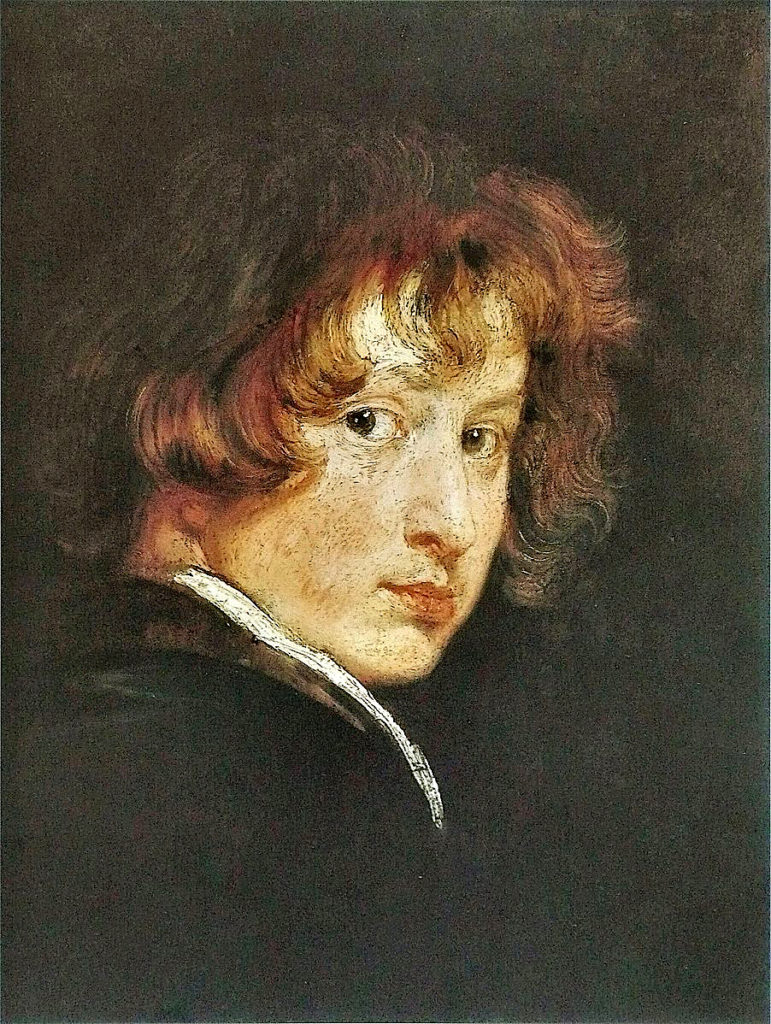
Fig. 10: Anthony van Dyck, Self-Portrait, c. 1615, oil on wood (oak), 43 x 32.5 cm, © Gemäldegalerie der Akademie der bildenden Künste, Vienna
Perhaps even more important, was Titian’s influence on van Dyck’s many portraits. While van Dyck would create several self-portraits (Fig. 10, Cat. 6-6.3) as well as paintings with his fellow artists as sitters (Cats. 19.1-10), he is probably most famous for his state portraits. Here as well, Titian served as a major model through his portrayals of Charles V, for example in armour, which would be emulated by many artists for the official portraits of lesser rulers. Rubens had adopted this kind of portrait style, he also copied Titian’s (lost) Charles V in Armour, and van Dyck would become so well-known for his portraits that it is most likely that many of them were executed at least in part by his workshop rather than entirely by himself. From 1632, van Dyck lived in London where he created well-known likenesses of King Charles I and of the royal family that belong to his most famous works. While still in Antwerp, however, he also depicted members of the city’s leading families, for example one of the patrician (Fig. 11, Cat. 18a) Sebilla vanden Berghe (and one of her husband) that equally attests to van Dyck’s ability to capture his sitters’ personalities on the basis of his many portrait studies.
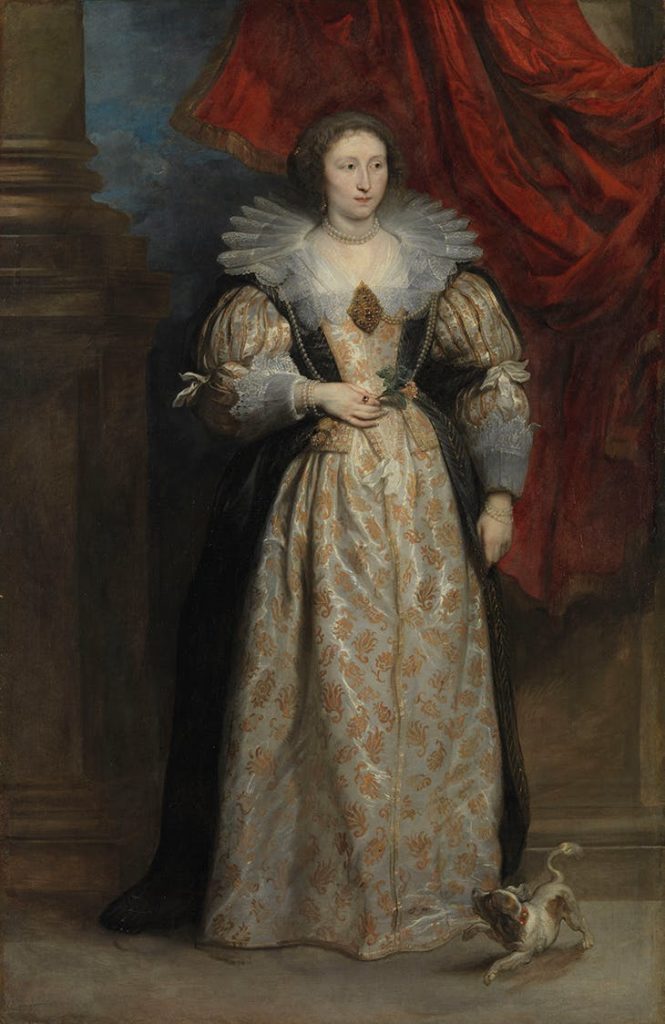
Fig. 11: Anthony van Dyck, Sebilla vanden Berghe, c. 1630, oil on canvas, 210.5 x 136.7 cm, © Bayerische Staatsgemäldesammlungen, Alte Pinakothek, Munich
Van Dyck not only had an eye for the facial traits of his patrons, and for the fashionable clothes they wore, he always depicted them in the most attractive ways whatever their status. George Gage (Fig. 12, M Cat. 19.2) was a diplomat and art scout for the King of Britain and was portrayed in a style reminiscent of Venetian art, e.g. the paintings of Domenico Tintoretto. Attended by two men and framed by classicising architecture giving onto a cloudy landscape in the back, Gage seems to be a member of the nobility.
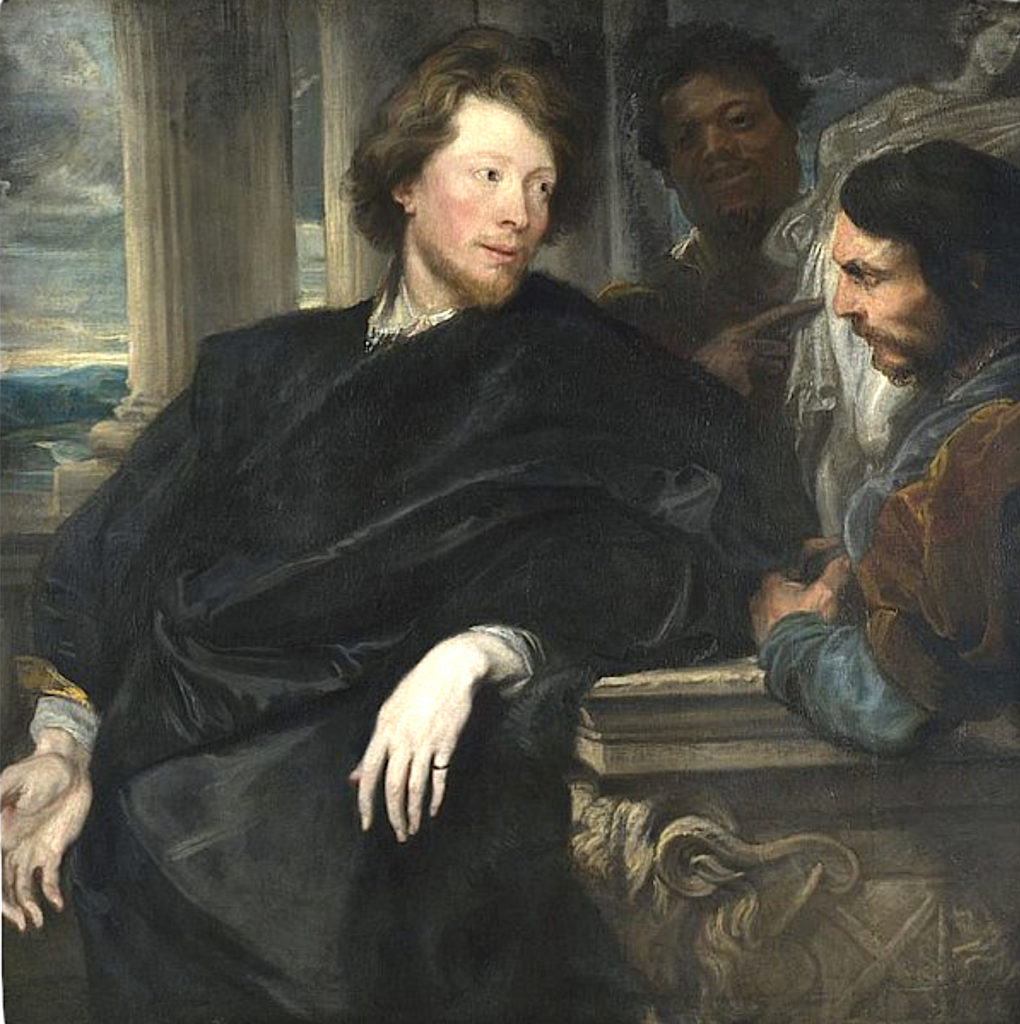
Fig. 12: Anthony van Dyck, George Gage with Two Attendants, c. 1622/23, oil on canvas, 115 x 113.5 cm © The National Gallery, London
In an ideal world, both exhibitions should be seen together, since they both look at art in Antwerp and Venice with a focus on the sixteenth to seventeenth centuries. They also complement one another by the changing emphasis on the opulent life style of both cities and the shift between some of the foremost artists of the times. Titian, Tintoretto, Rubens and van Dyck thus personify artistic points of view that were in constant dialogue with each other and helped to develop appropriate styles for some of the greatest works created North and South of the Alps.
Exhibitions:
Venice, Doge’s Palace, From Titian to Rubens: Masterpieces from Antwerp and other Flemish Collections, 5 September 2019 – 1 March 2020
Alte Pinakothek, Munich, Van Dyck, 25 October 2019 – 2 February 2020